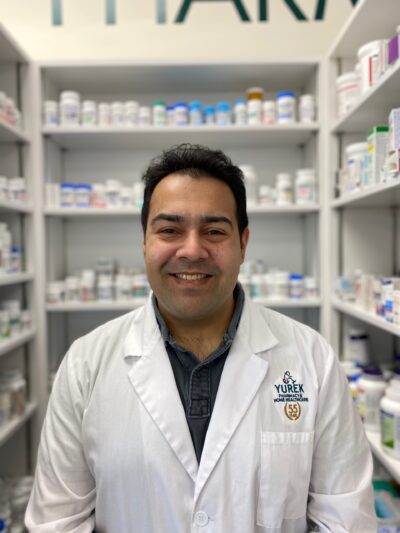A recent study in Ontario, Alberta and B.C., found that one-third of all pediatric hospitalizations for poisoning were due to cannabis. In children, symptoms vary from none to a coma. In some cases, children have required breathing tubes and an intensive care setting.
Legal in Canada since 2018, cannabis (marijuana, weed, pot) encompasses a group of plants that are grown around the world. These plants contain many chemical substances, including over 100 cannabinoids. Cannabinoids affect cells in the brain and the body. They change how these cells behave and communicate with each other. The two most common cannabinoids are THC and CBD – used recreationally as a form of relaxation and medicinally as seizure therapy and pain relief.
Possible reasons why cannabis is more dangerous for children include:
- Most exposures in children are through ingestion. THC ingestion can be variable and unpredictable.
- Children are smaller. The amount of THC per kilogram of body weight is much larger than the same amount in an adult.
- The cannabis drug behaves differently in a child’s body compared to an adult’s body. Cannabis edibles purchased outside of the legal supply chain may pose an increased risk to children as these doses are not regulated. Homemade edibles also pose an increased risk as dosing is unpredictable.
The following steps help to prevent unintentional Cannabis poisoning in children:
- Store all cannabis products in a locked box
- Be extra cautious with cannabis edibles that look like regular candy, food, or drink.
- Always purchase cannabis products from an authorized provincial and territorial seller.
A 2020 study conducted in Canada, concluded that the average age of a child brought to the hospital with cannabis poisoning was 3-4 years old. Let’s keep our children safe and follow all safety precautions when purchasing and using Cannabis products.
By Daria Horbal Pharm.D, RPh








